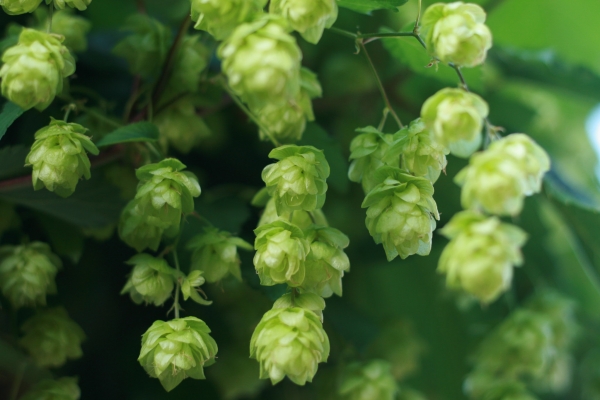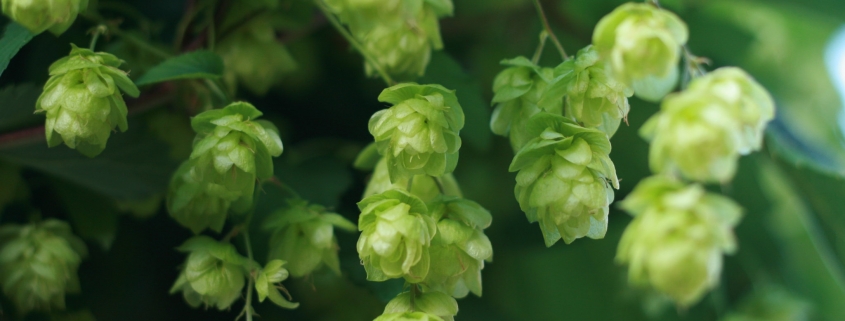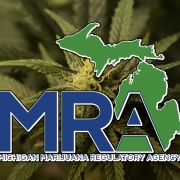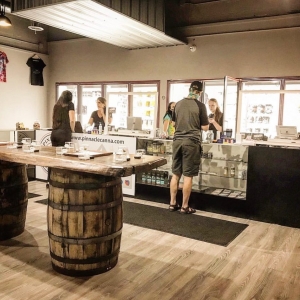Buds & Suds: The Convergence of Cannabis and Hops
EDITOR’S NOTE: While cannabis & alcohol cannot legally be paired in Michigan under current laws, they are doing it in Colorado & other states. There’s even cannabis gummies being made in Michigan using the flavors of Short’s beer!
 The Cannabis Business Times has a cool feature that explores the similarities between marijuana & hops and the complementary effects that are playing into new co-consumption business models and trends. Read it all but here’s some highlights:
The Cannabis Business Times has a cool feature that explores the similarities between marijuana & hops and the complementary effects that are playing into new co-consumption business models and trends. Read it all but here’s some highlights:
Humulus and Cannabis are each other’s closest botanical relatives. Female Humulus lupulus, or common hop plants, are commercially grown to produce the flowers called “hops,” which are most often dried and used in brewing beer. Hops are grown seedless to encourage the production of bitter alpha-acids and the aromatic terpenes important in brewing, much as cannabis flowers are grown seedless to encourage the production of cannabinoids and terpenes. Seeds only add to the weight, which increases the cost of the hops, while diminishing the target compound contents. And oily seeds are no more desirable in beer than they are in sinsemilla flowers.
OK, so Cannabis and hops are related. Why would consuming one enhance the effects of the other? The simple answer is that they both contain similar suites of aromatic terpenes. Only Cannabis plants produce cannabinoids (e.g., THC and CBD), while both Cannabis and hops produce a wide range of the same aromatic terpene compounds. The characteristic compounds found in hops that account for the bitter taste of beer are alpha-acids, especially humulone, which is absent from Cannabis. Humulone should not be confused with the terpene humulene, which is commonly found in both Humulus and Cannabis flowers. These closely related plant groups evolved from a common ancestor, and it is instructive to compare the aromatic contents of Cannabis essential oil to that of its near relative, and to understand which terpenes and other aromatic compounds are also shared by Humulus.
…Demand for mixed consumption venues is high. In several jurisdictions, strict adult-use laws segregating consumption of food and drink from smoking of any kind are yielding to mixed consumption venues where cannabis can be purchased on site and smoked in designated areas. We believe food, alcohol and cannabis consumption will begin to occupy the same commercial spaces. Given the reservations of policy makers toward smoking, it likely will be quite some time before permits are issued for mixed consumption venues—but we already see mixed consumption at conferences and concerts where food and alcohol are served and smoking is tolerated within defined areas. Co-consumption is what consumers want, and they usually get their way. As we always say, just follow the money! As profitable co-consumption business models begin to unfold, they will rapidly gain in popularity.
More stories about edible & drinkable cannabis on our Michigan Culinary Cannabis page!
photo: Hops by Paul Miller











